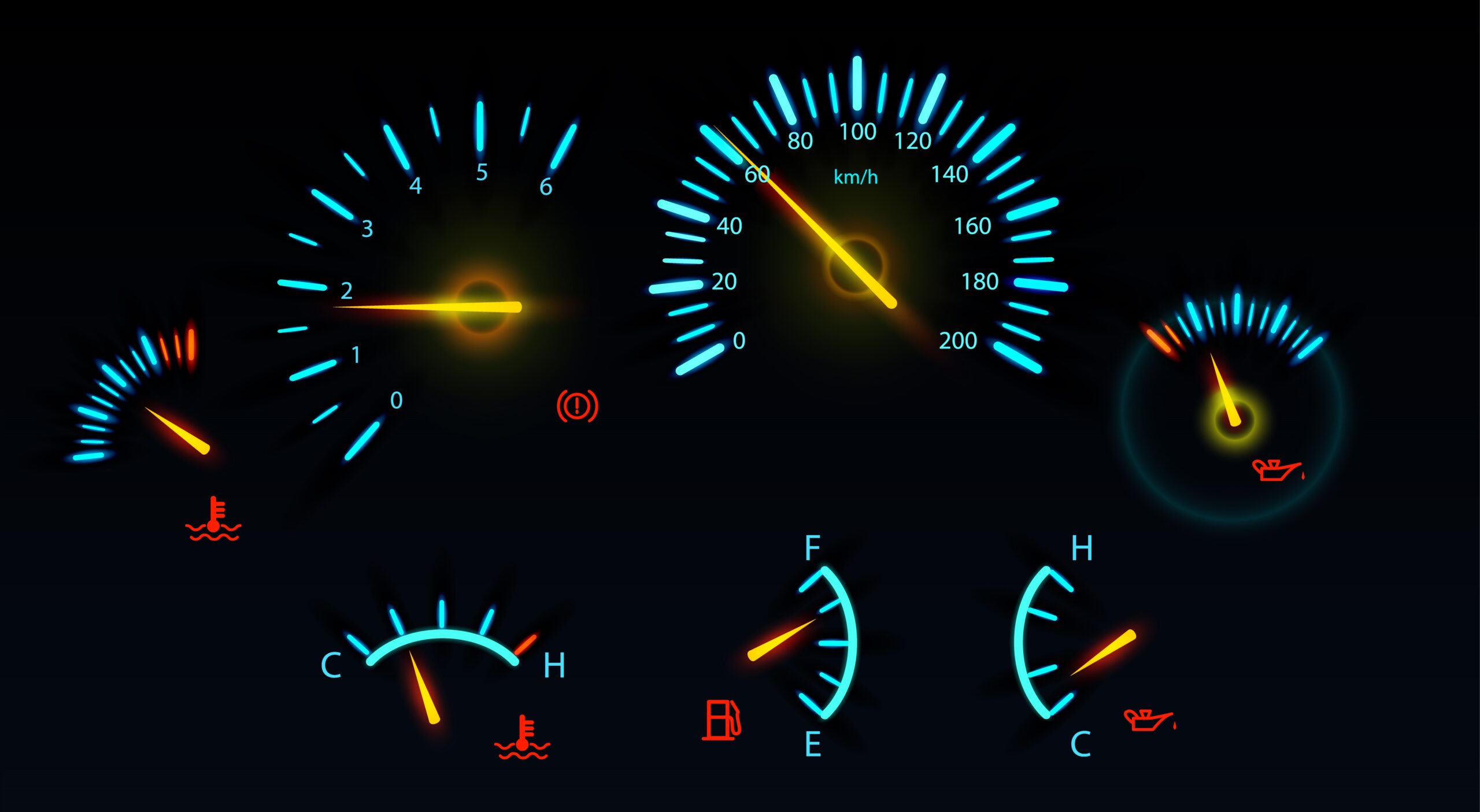The engine coolant, also known as antifreeze, is a vital component of a vehicle’s cooling system. It helps regulate the engine’s temperature, preventing overheating and ensuring optimal performance. To help drivers monitor the coolant level, modern vehicles are equipped with engine coolant level warning lights. These warning lights play a crucial role in preventing potential engine damage due to coolant loss. In this article, we will explore the causes of engine coolant level warning lights and provide fixes for common issues.
Causes of Engine Coolant Level Warning Lights:
- Low Coolant Level: The most common cause of an engine coolant level warning light is a low coolant level in the system. This can occur due to coolant leaks, evaporation over time, or inadequate coolant maintenance. Coolant leaks can result from a faulty radiator, hoses, water pump, or even a cracked engine block or cylinder head.
- Coolant Sensor Malfunction: In some instances, the warning light may illuminate due to a malfunctioning coolant level sensor. The sensor monitors the coolant level and sends a signal to the warning light when it detects a low level. If the sensor is faulty or experiencing electrical issues, it can trigger a false warning light indication.
Fixes for Engine Coolant Level Warning Lights:
- Check Coolant Level: If the coolant level warning light illuminates, the first step is to check the coolant level in the reservoir. Refer to your vehicle’s owner’s manual for the location of the coolant reservoir and the proper procedure for checking the coolant level. If the coolant level is below the recommended minimum, it indicates a low coolant level.
- Top Up Coolant: If the coolant level is low, you should add coolant to the system to bring it to the appropriate level. Use the recommended coolant type specified by the manufacturer. It’s important to follow the correct mixing ratios of coolant and water as mentioned in the owner’s manual. Avoid adding coolant when the engine is hot to prevent injury from pressurized coolant.
- Inspect for Coolant Leaks: If the coolant level is consistently low, it indicates a possible coolant leak. Perform a visual inspection of the engine bay, paying close attention to the radiator, hoses, water pump, and connections. Look for signs of coolant pooling, dripping, or residue, indicating a leak. If you notice any leaks, have them repaired by a qualified mechanic to prevent further coolant loss.
- Check Coolant Level Sensor: If you suspect a faulty coolant level sensor, it’s best to have it inspected and tested by a professional. They can use diagnostic tools to verify the sensor’s functionality and replace it if necessary. Replacing a faulty sensor should resolve the issue and prevent false warning light indications.
- Professional Inspection: If the coolant level is normal, and there are no apparent leaks or sensor issues, it’s advisable to seek professional assistance. A qualified mechanic can perform a thorough inspection of the cooling system to identify any underlying problems, such as a hidden coolant leak or a malfunctioning component.
- Regular Coolant Maintenance: To prevent coolant level warning lights and ensure the proper functioning of the cooling system, it’s essential to follow a regular coolant maintenance routine. This includes periodic coolant checks, coolant flushes as recommended by the manufacturer, and addressing any coolant leaks or issues promptly.
Engine coolant level warning lights are crucial indicators of potential coolant loss and cooling system issues. When the warning light illuminates, it’s important to check the coolant level, top up if necessary, and inspect for coolant leaks. Addressing coolant leaks, replacing faulty sensors, and seeking professional assistance when needed will help maintain the integrity of the cooling system and prevent engine damage due to overheating. Regular coolant maintenance is key to ensuring a properly functioning cooling system and reliable performance of your vehicle.











